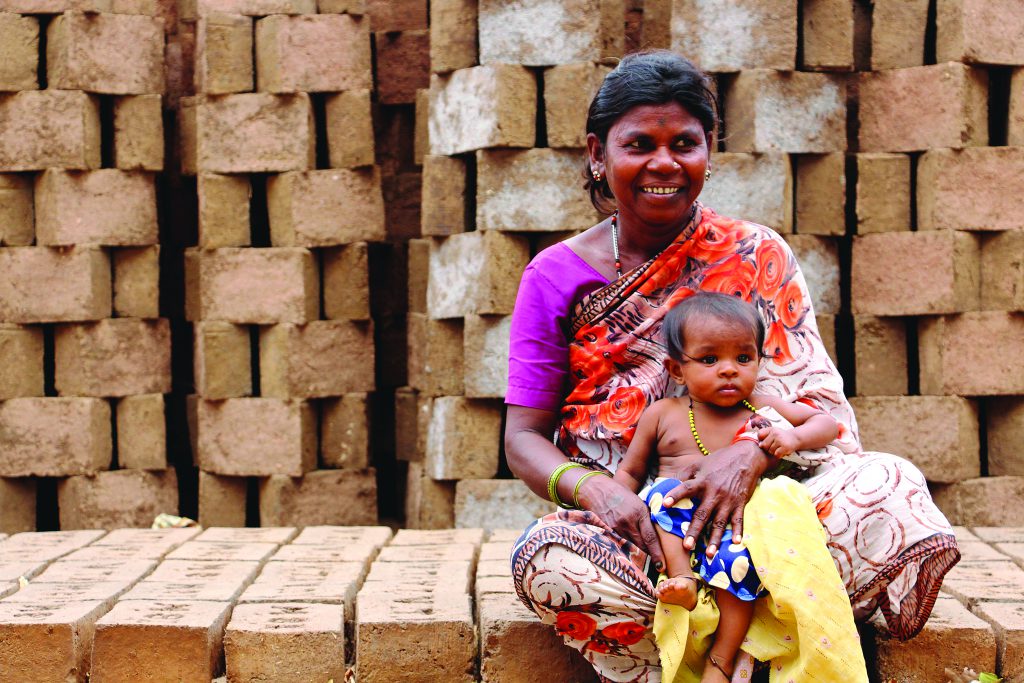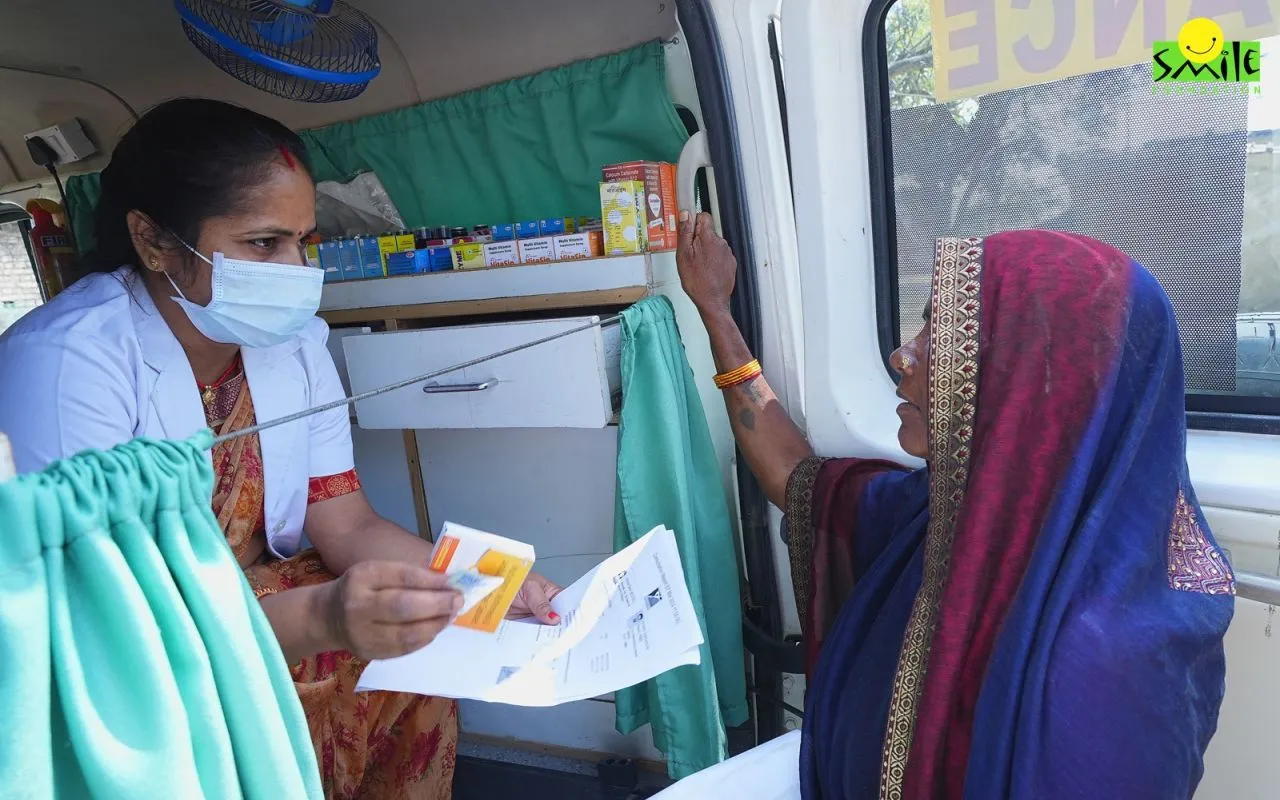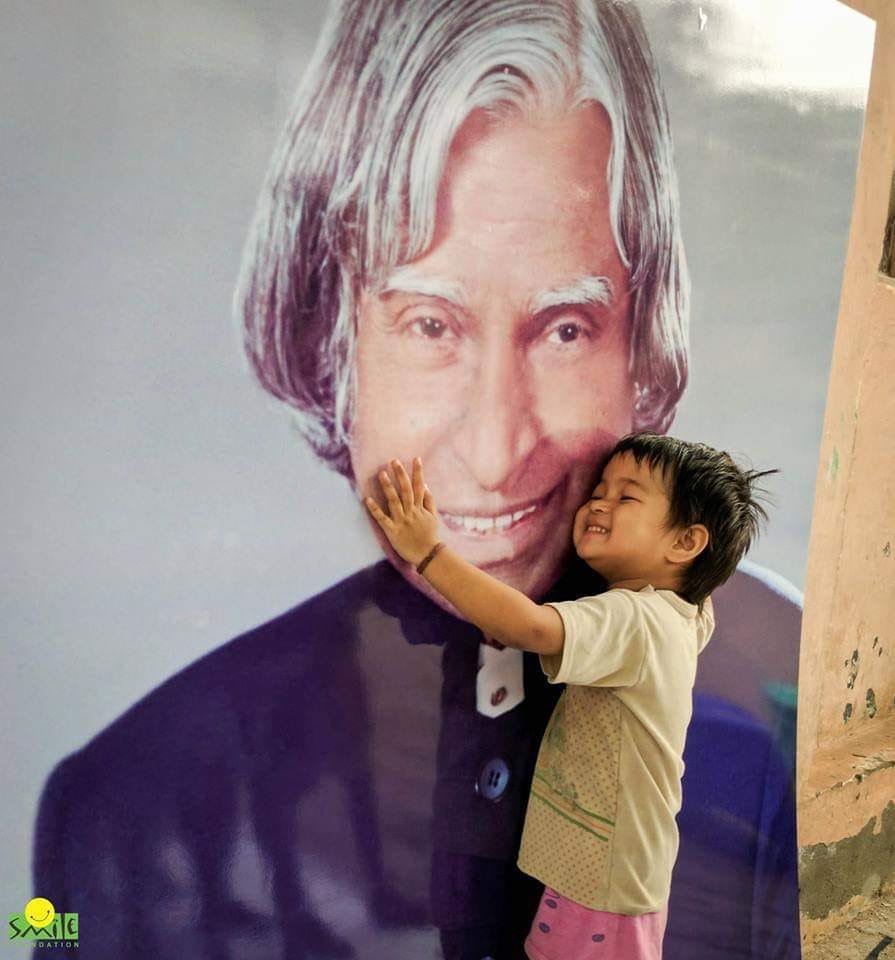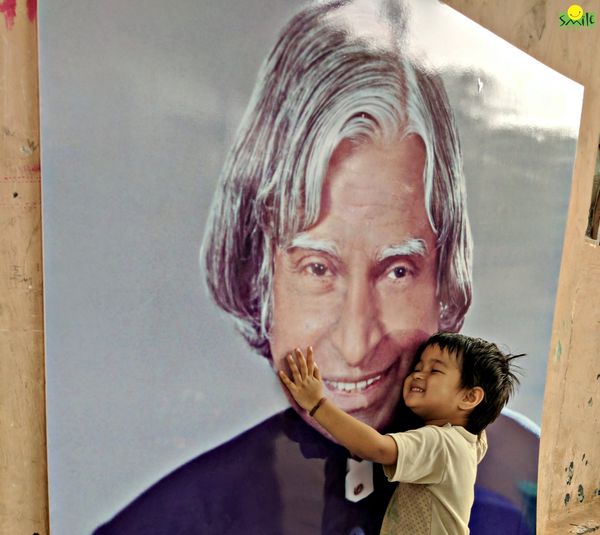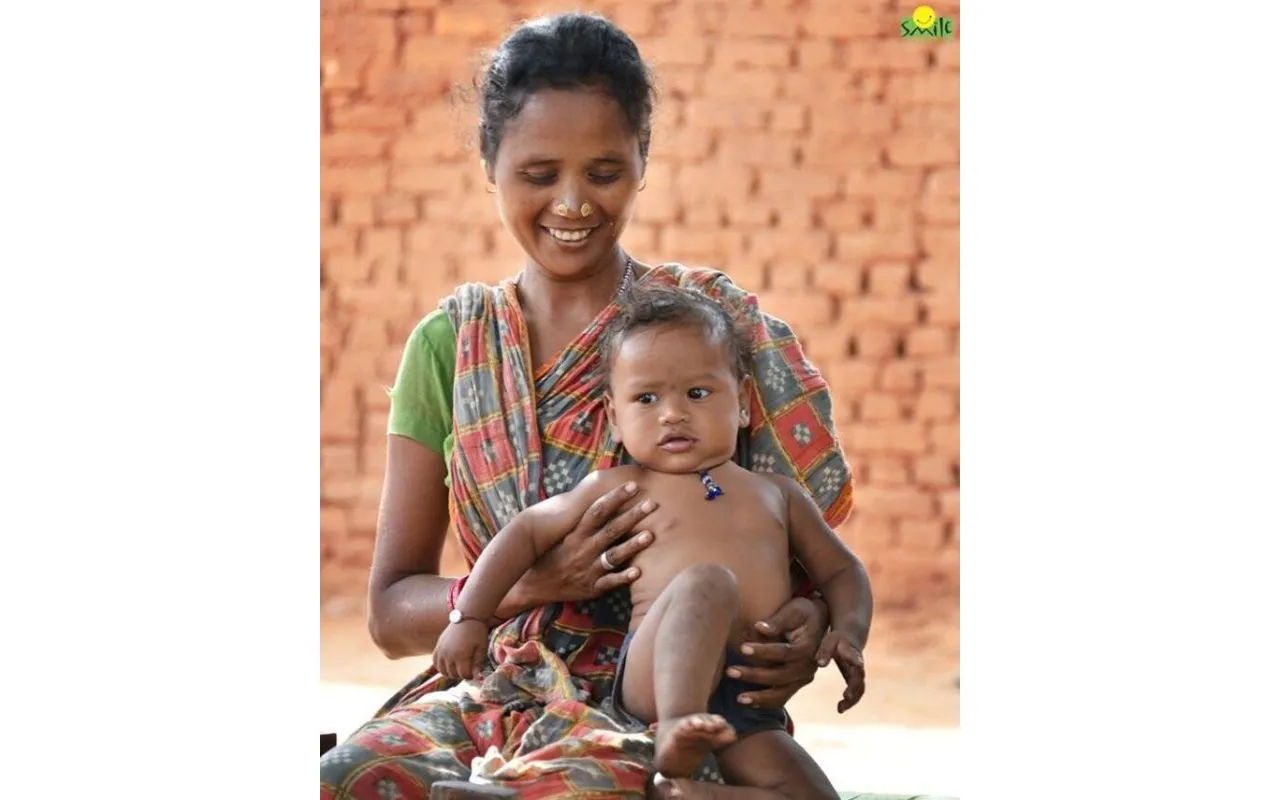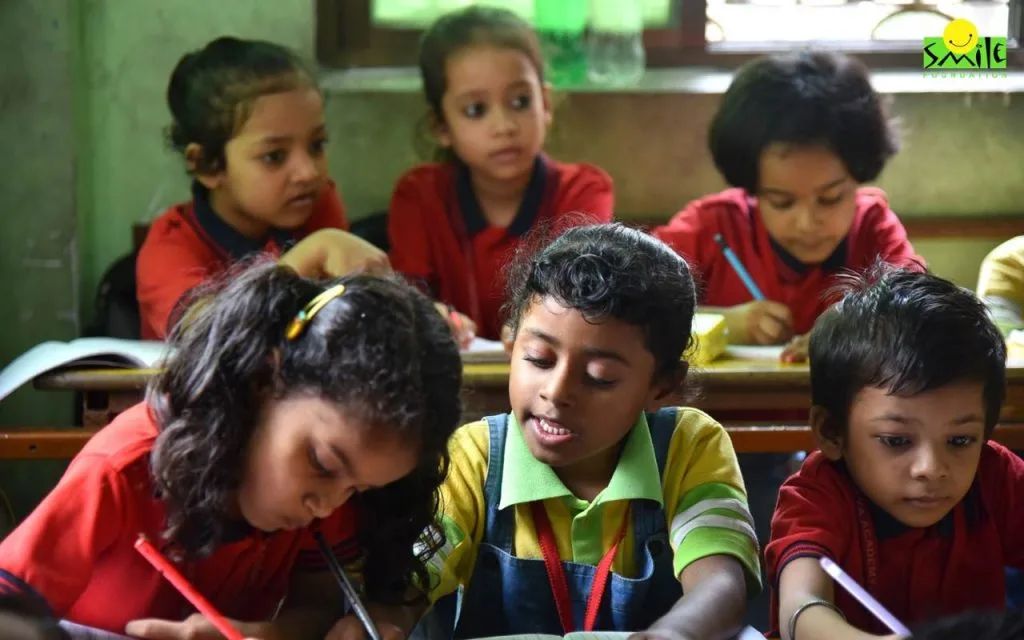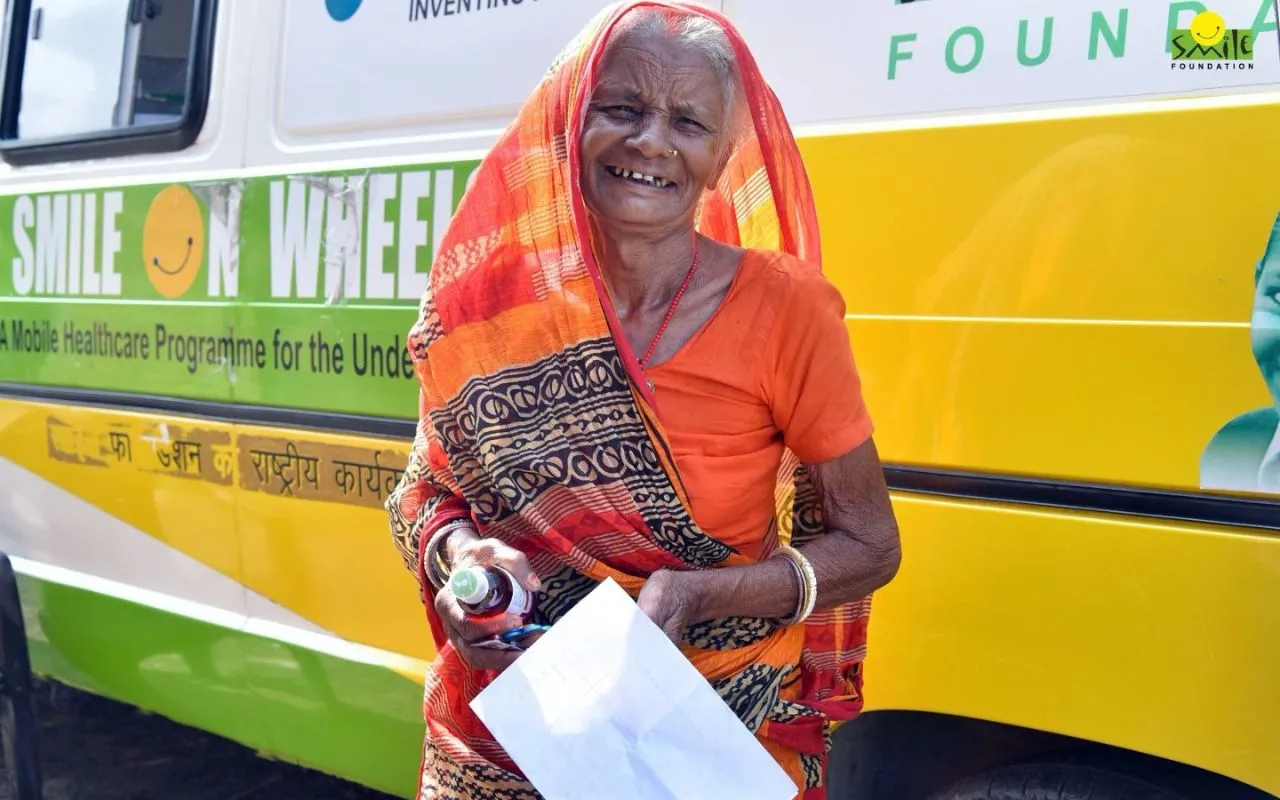Food is a basic human necessity. It forms the foundation of our very existence as it provides us with the nutrition essential for our physical and mental growth and development. Proper and adequate nutrition builds a healthy population as it impacts health outcomes in every stage of life.
Thus nutrition is critical for individual well-being. And it is also an indicator of socioeconomic development and an important determinant of a nation’s progress.
United Nations’ Data reveals that India accounts for almost 1/3rd of the global burden of under-nutrition. Of special relevance is the children’s and women’s nutrition in India, as it has a series of implications for the overall social and economic development of the nation.
Nutrition – Role, Importance and Deciding Factors
Nutritional status refers to the physiological condition of an individual resulting from the intake, digestion, absorption, and utilisation of nutrients from one’s diet. A deficiency of these essential nutrients leads to the problem of malnutrition. It then manifests itself in under-nutrition, obesity, or other nutrition-related ailments.
In order to achieve and sustain good nutritional status, food security is the most important prerequisite. According to the United Nations FAO, food security involves three dimensions which are:
- Adequate availability of food supplies
- Assured access to enough food for all individuals
- Suitable utilisation of food supplies to provide a balanced diet
While the importance of nutrition is well-acknowledged and is included in the United Nations SDG 2 as Zero Hunger which aims to promote food security for all and end hunger and all forms of malnutrition by 2030; the actual progress made in eradicating hunger and malnutrition needs improvement with COVID-19 pandemic taking the challenge a few notches higher.
Conflict, climatic vagaries, and economic slowdowns are the major factors affecting the food security and nutrition of people across the globe, more so of the economically weak and marginalised classes. Bringing home the discussion, let’s delve into India’s position on the nutrition scale.
Nutrition in India: Status and Challenges
India’s nutritional profile can be analysed by gauging her performance in progress toward the Global Nutrition Targets (GNT) set by WHO in 2012. These 6 GNTs expected to be achieved by 2025 are:
- Reducing anaemia among women of reproductive age by 50%
- Reducing low birth weight by 30%
- At least a 50% increase in the rate of exclusive breastfeeding for the first 6 months after birth
- Reduction of stunting among children under 5 years by 40%
- Reducing and maintaining childhood wasting at less than 5%
- Ensuring there is no increase in childhood overweight
The Global Nutrition Report 2022 states while India is ‘on course’ to meet the targets of maternal, infant, and young child nutrition (MIYCN), childhood overweight, and childhood stunting; our country needs to make considerable progress to meet the target of childhood wasting or anaemia reduction among women of reproductive age.
Statistics show 34.7% of children less than 5 years of age are affected by stunting and 17.3 % by wasting which are both higher than the average rates for Asia.
Girl Child Nutrition in India
Nourishment is the right and need of every child, but the availability and access to nutrients are affected by many factors like food security, socio-economic status, etc. In India, where gender discrimination is still prevalent in many sections of society, the girl child and women’s nutrition in India is often found at a larger disadvantage receiving poor and inadequate nutrition.
Data from National Family Health Survey (NFHS) 5 highlights that child mortality under 5 years is 8.3 % higher in girls than boys and malnutrition is a significant contributing factor.
Women’s Nutrition in India
While nutrition is crucial to the health of all individuals, the role of nutrition in women’s health is particularly important. The impacts of malnutrition might not be very evident in the short term but lead to serious health complications later on. Women are the bearers of children and primary caretakers of the entire family; their health status, directly and indirectly, impacts their family and society at large.
Undernutrition of girls from early childhood and adolescence not only has health impacts on the girls but leads to an intergenerational cycle of undernourishment. This is because undernourished mothers are more likely to deliver low-birth-weight babies. They are further vulnerable to conditions like child mortality, stunting, wasting, low immunity, risk of infections, and other morbidities.
Malnutrition in women manifests in many forms like low Body Mass Index (BMI) and anaemia. Many underweight women are also stunted which puts them at high risk of obstetric complications.
Reports suggest that anaemia is an outcome of nutritional deficiency that is on the rise among children, adolescents, and women in India. There is no satisfying progress in controlling the situation. NFHS 5 reveals that 57% of women of reproductive age and 67.1% of children under 5 years of age in India are anaemic.
Strategies to Overcome Children’s and Women’s Nutrition in India
Prevention and combating malnutrition in women is highly critical to prevent malnutrition in children and building a healthy population. The government has designed and implemented many nutritional intervention programmes over the past many decades. Here’s a look at some of the interventions from the past to present times:
Integrated Child Development Scheme (ICDS): Launched in 1975, this is India’s primary nutrition and child development programme. It integrates health, education, and nutritional interventions through a network of Anganwadi centres to take care of the overall well-being of children.
The primary beneficiaries are children below 6 years, pregnant women, and lactating mothers. ICDS adopts measures like growth promotion and monitoring, health checks, supplementary nutrition programme, health education as well as preschool education.
Pradhan Mantri Matru Vandana Yojana (PMMVY): Launched under the ICDS umbrella, this is a maternity benefit programme that provides partial wage compensation of INR 5000 to pregnant and lactating women. This is done to support safe delivery and ensure good nutrition and feeding practices.
POSHAN Abhiyaan: Flagship National Nutrition Mission of the Government of India launched in 2017 with a vision to improve the nutritional outcomes of children, adolescents, pregnant women, and lactating mothers. This mission integrates the use of technology, uses the convergence of different modules & departments, and maps-related nutritional interventions. It also tries to optimise the function of Anganwadi centres etc. to achieve set nutritional targets.
Conclusion
Improving
- food security across socio-economic strata,
- micro-level strategies,
- integration of various nutrition-related programmes,
- regular monitoring,
- promoting nutritional literacy & health education for malnutrition of children,
- following a life-cycle approach to the nutritional needs of women & children by addressing nutritional requirements at each life stage,
- growth monitoring of expectant mothers and infants,
- food fortification and
- promoting the intake of a balanced diet
can be effective strategies to tackle malnutrition in India.
Besides this, individual efforts on part of parents to educate and feed nutritious food to their children can also go a long way in initiating the much-needed change in our approach towards nutrition.
Smile Foundation launched its women empowerment programme, Swabhiman in 2005 to reach out to marginalised women and adolescent girls. The programme aims to enhance their access to basic healthcare and nutrition. It also wants to disseminate knowledge about the different government schemes and bring an overall improvement in the quality of their lives. Read more here!



